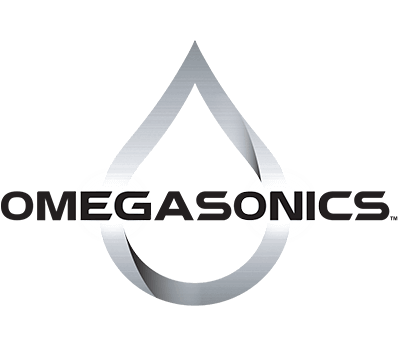As discussed in the previous post, the choice of frequency is a major consideration in the process of ultrasonic cleaning. Frequency plays a critical role in determining the size of bubbles produced in the cleaning liquid.
These bubbles ultimately create the agitation used by ultrasonic cleaners.
Industrial ultrasonic cleaners operate at a variety of frequencies to accomplish a multitude of cleaning tasks in a wide range of industries.
Low frequencies produce larger bubbles resulting in higher agitation energy and work well for heavy, coarse contaminants. Higher frequencies produce smaller bubbles and work best for fine particles or cleaning very small features.
However, operating continuously at a single frequency can produce problems. A fixed frequency can produce standing waves or harmonic vibration which may damage delicate parts. Harmonic vibrations are what allows the opera singer (at least in theory) to break the goblet.
To prevent ultrasonic cleaning from damaging objects being cleaned, the ultrasonic generator’s frequency may be swept back and forth over a small range of frequencies. By varying the frequency slightly above and below the central frequency, typically by 1-4 kHz, the risk of damage due to standing waves or harmonic vibration during ultrasonic cleaning is eliminated.
For example, if the central frequency is 40 kHz, the generator may sweep through a range from 38 kHz to 42 kHz during ultrasonic cleaning. With no one frequency being used continuously, standing waves in the liquid and harmonic vibrations in the object being cleaned will not be created
Choosing the right combination of frequency, range of frequency, as well as temperature and liquid to be used in a specific cleaning application can be challenging. Omegasonics offers vast experience in ultrasonic cleaning across numerous industries and cleaning requirements.
If you would like to learn more about ultrasonic cleaners, feel free to contact one of our ultrasonic cleaning experts toll free at (888) 420-4445 or visit our website.

